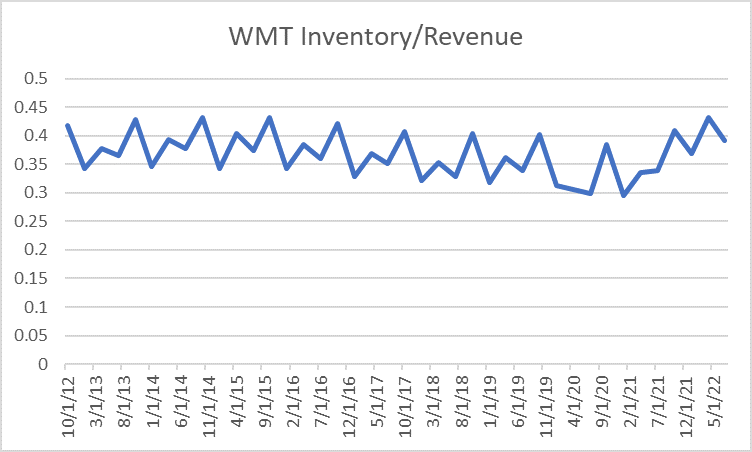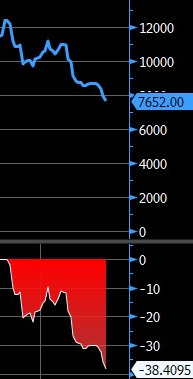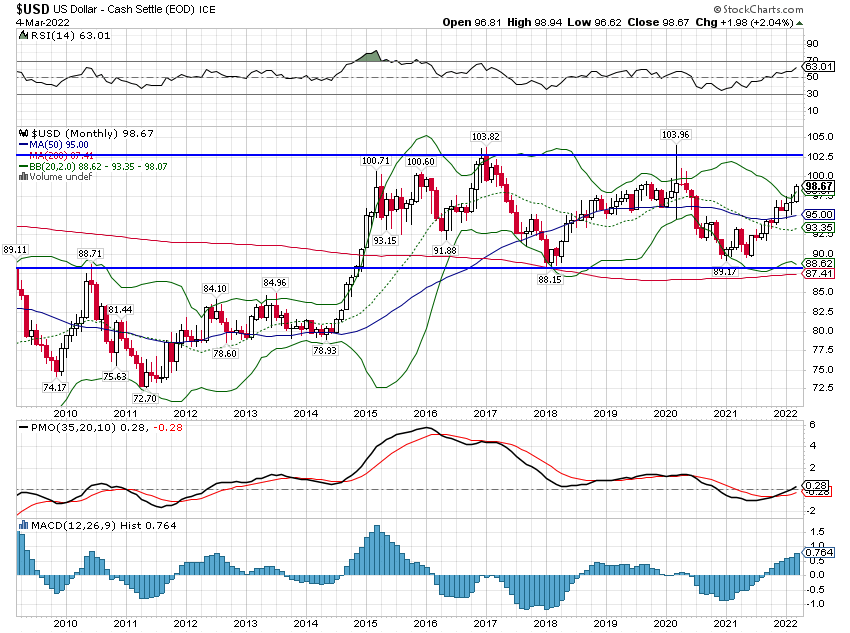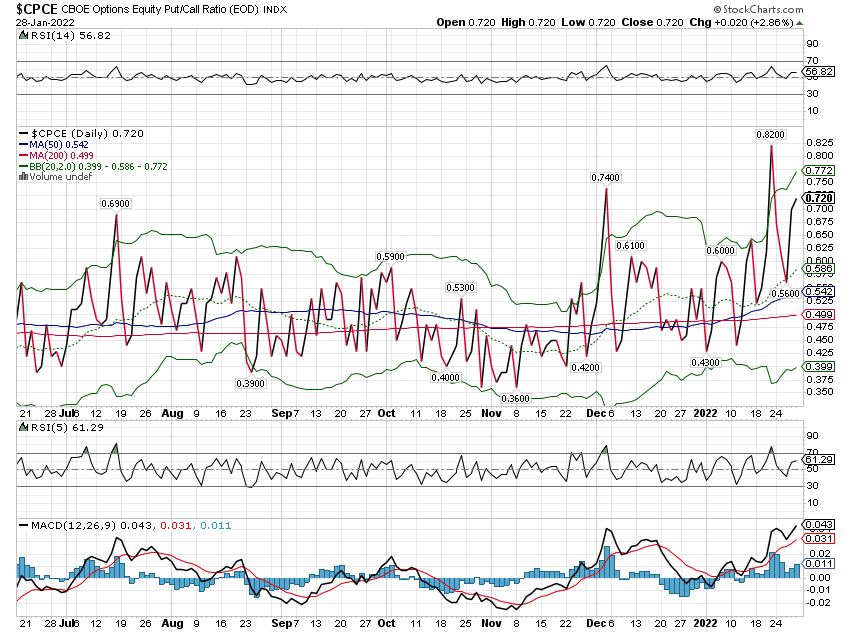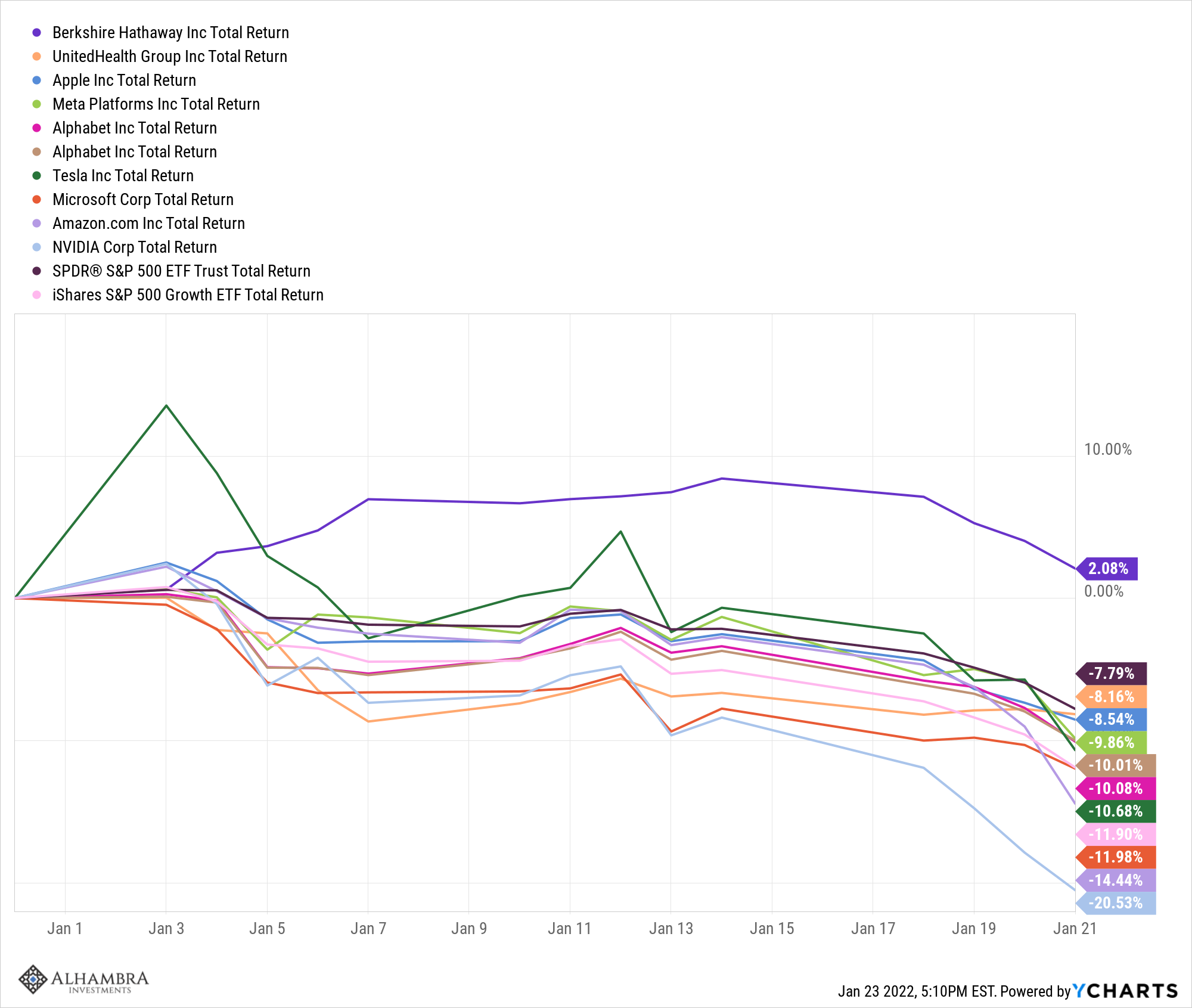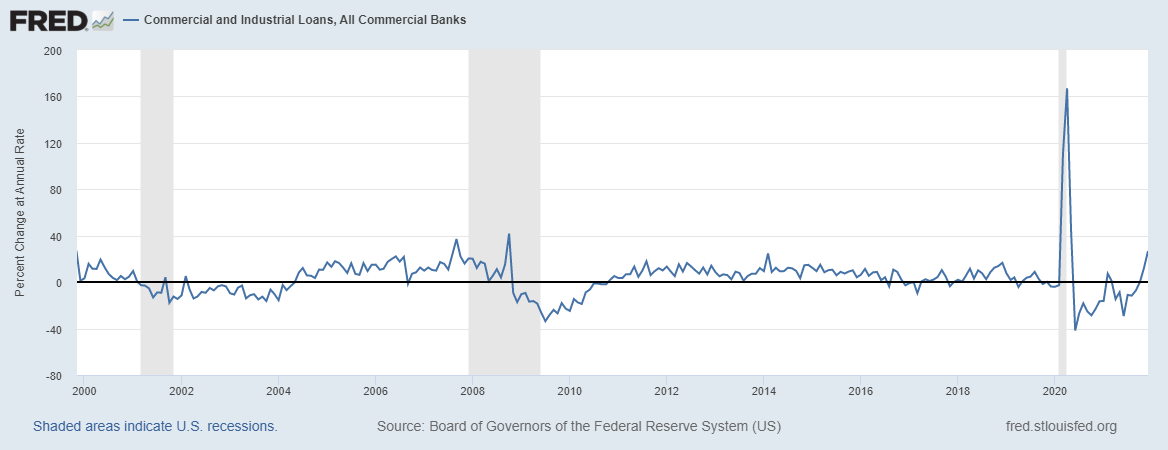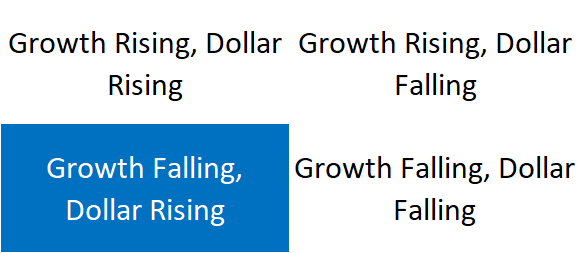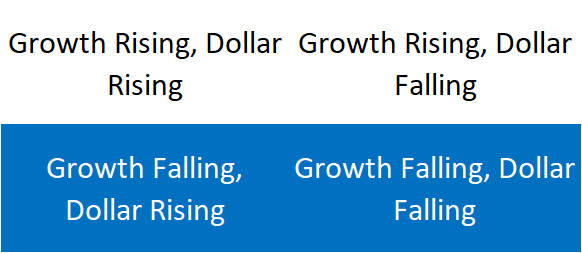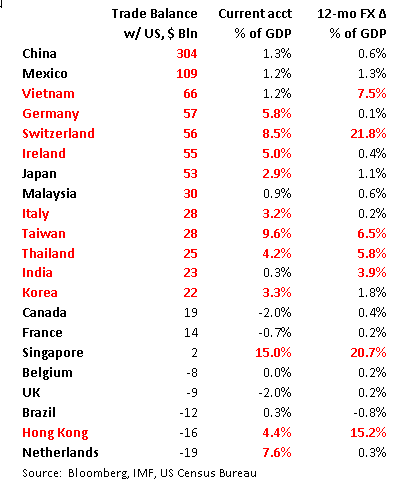EM ended last week on a soft note, due to a variety of both external and internal factors. Firm US data continue to support our call for resumed Fed tightening, and this gave the dollar a bit of a bid. With the dollar gaining against the majors, this spilled over into generalized dollar gains vs. EM as well. Weak data out of China this week poses a risk to EM, though we suspect that how China markets react will set the tone for the wider EM.
Idiosyncratic EM risk remains in play too. The South African rand lost nearly 4% on Friday on heightened political risk, as reports suggest problems between Finance Minister Gordhan and President Zuma. Brazil’s central bank meets this week, and another dovish signal while inflation continues to accelerate will likely weigh on the real. Indeed, press is reporting that many in the PT are urging Rousseff to abandon austerity and to cut rates.
South Africa reports January money and credit growth, trade, and budget data Monday. It then reports Q4 GDP Tuesday, which is expected to rise 0.5% y/y vs. 1.0% in Q3. The rand has yet to recover from press reports last week that Finance Minister Gordhan threatened to resign last week over clashes with South African Revenue Service Commissioner Tom Moyane. Zuma expressed support for Gordhan, but other developments suggest otherwise. If Gordhan is forced out, investors would give up on any hope of orthodox policies from Zuma. Whatever happens, the nation’s reputation has been greatly damaged in recent weeks.
Idiosyncratic EM risk remains in play too. The South African rand lost nearly 4% on Friday on heightened political risk, as reports suggest problems between Finance Minister Gordhan and President Zuma. Brazil’s central bank meets this week, and another dovish signal while inflation continues to accelerate will likely weigh on the real. Indeed, press is reporting that many in the PT are urging Rousseff to abandon austerity and to cut rates.
South Africa reports January money and credit growth, trade, and budget data Monday. It then reports Q4 GDP Tuesday, which is expected to rise 0.5% y/y vs. 1.0% in Q3. The rand has yet to recover from press reports last week that Finance Minister Gordhan threatened to resign last week over clashes with South African Revenue Service Commissioner Tom Moyane. Zuma expressed support for Gordhan, but other developments suggest otherwise. If Gordhan is forced out, investors would give up on any hope of orthodox policies from Zuma. Whatever happens, the nation’s reputation has been greatly damaged in recent weeks.
Thailand reports January trade and current account data Monday. It then reports February CPI Tuesday, which is expected to remain steady at -0.5% y/y. This is well below the 1-4% target range, and the BOT is starting to tilt more dovish as the BOT Governor said it is saving rate cuts for external shocks. Given ongoing deflation, we think the odds favor rates cuts sometime this year.
Turkey reports January trade Monday, which is expected at -$3.8 bln vs. -$6.2 bln in December. It then reports February CPI Thursday, which is expected to rise 9.3% y/y vs. 9.6% in January. This is well above the 3-7% target range. Yet the central bank has been on hold since its last 25 bp cut to 7.5% back in February 2015. The next policy meeting is March 24, and steady rates are likely. Governor Basci’s term ends in April, and his replacement is likely to be more dovish.
Chile reports January retail sales (3.2% y/y consensus), manufacturing production (-2.8% y/y consensus), and unemployment (6.0% consensus) Monday. The economy remains sluggish, but the central bank has been tightening policy, albeit modestly. Indeed, Chile has lagged Peru and Colombia, with only 50 bp of hikes seen so far. The next policy meeting is March 17, and a hike then is possible. CPI rose 4.8% y/y in January, above the 2-4% target range. Yet the last move was a 25 bp hike to 3.5% back in December.
Korea reports January trade Tuesday. Exports and import are both expected at -16% y/y. It then reports January IP (-0.4% y/y consensus) and current account data Wednesday. February CPI will be reported Thursday, which is expected to rise 0.9% y/y vs. 0.8% in January. This is well below the 2.5-3.5% target range. BOK has been on hold since the last 25 bp cut to 1.5% back in June 2015. We think the central bank is setting the table for a rate cut this year, but recent won weakness will keep the bank cautious.
China reports official and Caixin February manufacturing PMI Tuesday. The former is expected at 49.4 while the latter is expected at 48.4, both steady from January. Caixin service sector PMI will be reported Thursday. PBOC Governor Zhou said recently that monetary policy is prudent, with a bias to ease. As such, any weakness in the data probably won’t have as much negative impact. Contagion from Chinese market developments has been limited in recent days.
Indonesia reports February CPI Tuesday. Inflation was 4.1% y/y in January, near the center of the 3-5% target range. The central bank has cut rates two months in a row to 7%. The next policy meeting is March 17, and another 25 bp cut is likely. Overall, the economy remains fairly sluggish and so the easing bias should remain in place for much of this year.
Peru reports February CPI Tuesday. Inflation was 4.6% y/y in January, well above the 1-3% target range. No wonder the central bank has hiked three months in a row to 4.25%. The next policy meeting is March 10, and another 25 bp hike is likely. Copper prices are trying to bottom, but we do not think the process is over yet.
Poland reports February CPI Tuesday. CPI came in at -0.7% y/y in January, well below the 1.5-3.5% target range. Yet the central bank has been on hold since the last 50 bp cut to 1.5% back in March 2015. The next policy meeting is March 11, and most of the MPC will have been replaced then by Law and Justice nominees. We think the new MPC will be more dovish, but easing at the March meeting may be too soon.
Mexico reports February PMI Tuesday. Recent real sector has been soft, and bears watching. Banco de Mexico releases its quarterly inflation report Thursday. Inflation has been accelerating, which helps justify the central bank’s aggressive 50 bp hike this month. However, the future rate path for Banxico remains uncertain, especially as it appears that minutes from that emergency meeting won’t be published. The next regular policy meeting is March 18, so perhaps those minutes will provide some clues.
Brazil reports February trade Tuesday. COPOM meets Wednesday and is expected to keep rates steady at 14.25%. Before the decision, Brazil reports February FIPE and Janaury PPI inflation. Press reports suggest more in the PT are calling on Rousseff to abandon austerity and to embrace pro-growth policies, which would include rate cuts. Q4 GDP will be reported Thursday, which is expected at -5.8% y/y vs. -4.5% in Q3. Brazil reports January IP Friday. Fiscal numbers last week were a bit better than expected, but due in large part to some one-off events. With GDP still contracting, the fiscal outlook remains poor.
Singapore reports February PMI Wednesday, which is expected at 48.8 vs. 49.0 in January. Data was mixed last week, but we think the MAS is still on track to ease policy at its April policy meeting by adjusting its S$NEER trading band.
Philippines reports February CPI Thursday, which is expected to remain steady at 1.3% y/y. This is well below the 2-4% target range. Yet the last move by the central bank was a 25 bp hike to 4% in September 2014. The most recent trade data was worrisome, and could push the bank into a more dovish stance if weakness persists. Next policy meeting is March 23, no move is expected then.
Hungary reports January retail sales Thursday. The real economy remains robust, but the central bank is tilting dovish. Central bank Vice Governor Nagy said last week that the bank is weighing rate cuts now due in part to the firmer currency, though he added that March/April is too soon for a cut. He did add that unconventional easing would be seen at the next policy meeting on March 22.
Czech Republic reports Q4 GDP Friday, and growth is expected to remain steady at 3.9% y/y. Here too, the real economy remains robust but deflation risks persist. Forward guidance has been pushed out into 2017, and some central bankers are talking about negative interest rates. The next policy meeting is March 31, another tweak to policy and forward guidance is possible then. However, we do not think negative rates will be seen yet.
Colombia reports February PPI Friday and CPI Saturday. CPI is expected to rise 7.79% y/y vs. 7.45% in January. This is well above the 2-4% target range. No wonder the central bank has hiked six months in a row to 6.25%. The next policy meeting is March 18, and another 25 bp hike is likely.
Tags: Emerging Markets





















